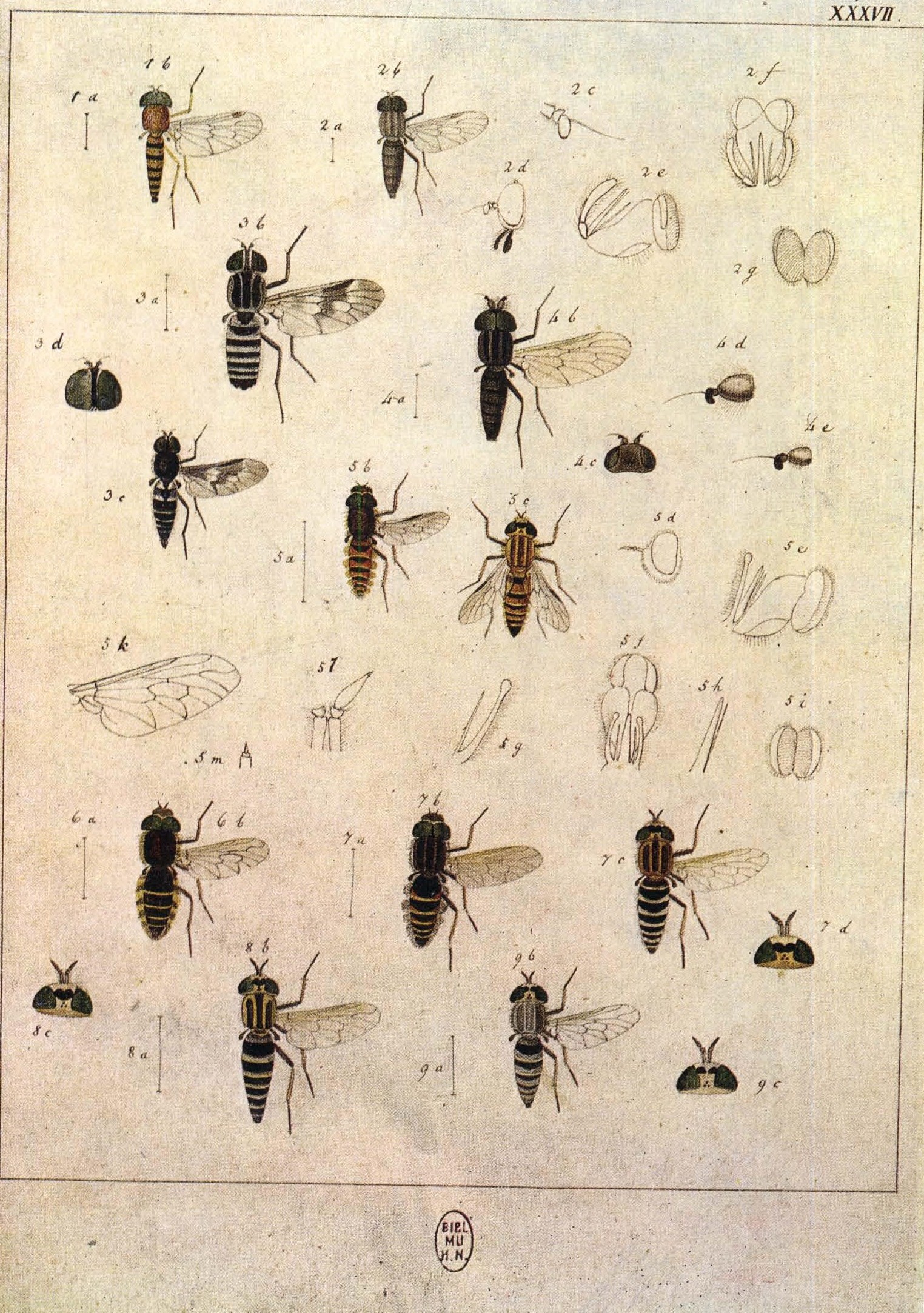|
Thereva Strigata
''Thereva strigata'' is a Palearctic species of stiletto fly in the family Therevidae The Therevidae are a family of flies of the superfamily Asiloidea commonly known as stiletto flies. The family contains about 1,600 described species worldwide, most diverse in arid and semiarid regions with sandy soils. The larvae are predators ....Verrall, G. H., 1909 Stratiomyidae and succeeding families of the Diptera Brachycera of Great Britain'' British flies'' Volume 5 London : Gurney and Jackson, 190BHL Full text with illustrations/ref> References External linksImages representing '' Thereva strigata'' {{Taxonbar, from=Q14415708 Therevidae Insects described in 1797 ... [...More Info...] [...Related Items...] OR: [Wikipedia] [Google] [Baidu] |
Johan Christian Fabricius
Johan Christian Fabricius (7 January 1745 – 3 March 1808) was a Danish zoology, zoologist, specialising in "Insecta", which at that time included all arthropods: insects, arachnids, crustaceans and others. He was a student of Carl Linnaeus, and is considered one of the most important entomologists of the 18th century, having named nearly 10,000 species of animals, and established the basis for the modern insect Biological classification, classification. Biography Johan Christian Fabricius was born on 7 January 1745 at Tønder in the Duchy of Schleswig, where his father was a doctor. He studied at the gymnasium (school), gymnasium at Altona, Hamburg, Altona and entered the University of Copenhagen in 1762. Later the same year he travelled together with his friend and relative Johan Zoëga to Uppsala University, Uppsala, where he studied under Carl Linnaeus for two years. On his return, he started work on his , which was finally published in 1775. Throughout this time, he remaine ... [...More Info...] [...Related Items...] OR: [Wikipedia] [Google] [Baidu] |
Palearctic
The Palearctic or Palaearctic is the largest of the eight biogeographic realms of the Earth. It stretches across all of Eurasia north of the foothills of the Himalayas, and North Africa. The realm consists of several bioregions: the Euro-Siberian region; the Mediterranean Basin; the Sahara and Arabian Deserts; and Western, Central and East Asia. The Palaearctic realm also has numerous rivers and lakes, forming several freshwater ecoregions. The term 'Palearctic' was first used in the 19th century, and is still in use as the basis for zoogeographic classification. History In an 1858 paper for the ''Proceedings of the Linnean Society'', British zoologist Philip Sclater first identified six terrestrial zoogeographic realms of the world: Palaearctic, Aethiopian/ Afrotropic, Indian/ Indomalayan, Australasian, Nearctic, and Neotropical. The six indicated general groupings of fauna, based on shared biogeography and large-scale geographic barriers to migration. Alfre ... [...More Info...] [...Related Items...] OR: [Wikipedia] [Google] [Baidu] |
Therevidae
The Therevidae are a family of flies of the superfamily Asiloidea commonly known as stiletto flies. The family contains about 1,600 described species worldwide, most diverse in arid and semiarid regions with sandy soils. The larvae are predators of insect larvae in soil. Description Adult Therevidae are small- to medium-sized with a body length of 2.4 to 18 mm and a hairy integument. The coloration ranges from shades of yellow to black, but commonly the background colour is masked by the tomentum. The compound eyes are generally larger in males, which in many species are actually holoptic. Females have well-developed compound eyes, but are clearly dichoptic. There are three ocelli. The antennae are relatively short. The scape is elongated, the pedicel very short, and the first flagellomere is conical and elongated, the apex bearing a compound stylus with one to three segments. The scape and pedicel are pubescent; In contrast to the related and confusingly similar fam ... [...More Info...] [...Related Items...] OR: [Wikipedia] [Google] [Baidu] |
British Entomological And Natural History Society
The British Entomological and Natural History Society or BENHS is a British entomological society. It is based at Dinton Pastures Country Park in Reading. History BENHS was founded in 1872 as the South London Entomological and Natural History Society. Publications BENHS publishes a quarterly journal, the ''British Journal of Entomology and Natural History'' (), formally Proceedings and Transactions of the British Entomological and Natural History Society, and Proceedings and Transactions of the South London Entomological and Natural History Society. BENHS has published a number of books. Among the most well-known are two illustrated identification guides to British flies: * Stubbs, Alan E. and Steven J. Falk (1983) '' British Hoverflies, an illustrated identification guide'' * Stubbs, Alan E. and Martin Drake (2001) '' British Soldierflies and their allies'' Another title published by BENHS was '' New British Beetles - species not in Joy's practical handbook'' by Peter J. Hod ... [...More Info...] [...Related Items...] OR: [Wikipedia] [Google] [Baidu] |
